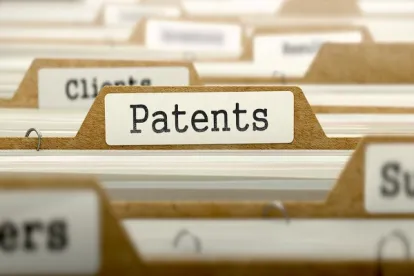An obvious but sometimes overlooked item when conducting patent due diligence is to check for PTAB proceedings (CBM, IPR, or PGR). Although the Patent Application Information Retrieval System (PAIR) does show whether patents have been subjected to reexamination (by clicking on the “continuation” tab of a file displayed in PAIR), whether or not a patent has been the subject of a CBM, IPR or PGR cannot be determined merely from reviewing PAIR. And while such information may be captured in commercial databases, there can be a lag before new items are indexed into the database. Therefore, the best way to check for an AIA proceeding is to enter the patent number directly into the PTAB portal at https://ptabtrials.uspto.gov. AIA proceedings may profoundly impact the value of a patent, whether or not the claims are upheld or found unpatentable.
Patents That Are Upheld May Not Necessarily Be More Valuable
While a patent that has survived an AIA challenge may be more valuable in the sense that it is less likely to be found unpatentable during litigation over the same or similar grounds raised before the PTAB, there may be hidden weaknesses revealed in the proceedings. For example, the patent owner may have been forced to amend the claims or present arguments that disavowed certain claim scope in order to overcome the grounds of unpatentability presented by a petitioner. An amended claim creates the possibility of intervening rights, which should be factored into due diligence analysis.
Also, even if a proceeding is not instituted, the mere filing of an AIA petition may disclose potential invalidity arguments to others, who could then seek to develop an even stronger combination of prior art references or additional evidence of invalidity. While estoppel does prevent the same party who petitioned from asserting the same defense or one that could have reasonably been raised in the AIA proceeding against that patent, such estoppel only applies if there is a final written decision and it has been limited to specific claims challenged in the earlier proceedings. See “Estoppel v. Discretion: How is the PTAB Deciding Multiple Petitions Against The Same Patent?”
In some cases of non-institution, the PTAB has actually determined that the claims were too indefinite to be construed, which would need to be factored into any patent due diligence review. See Ericsson v. Intellectual Ventures (IPR2014-01170), citing “Blackberry Corp. v. MobileMedia Ideas, LLC, IPR2013-00036, Paper No. 65 (Mar. 7, 2014) (terminating inter partes review proceeding because specification did not disclose specific algorithm to perform recited function of a computer-implemented means plus-function term).”
For these reasons, it is essential to review any AIA proceedings as part of routine patent due diligence and consider risk factors that arise from the proceedings.
What Impact Does A Settlement Have?
A significant number of AIA proceedings settle (see “Does Spike In Settlements Signify Petitioner Success?”), which may create uncertainty as to how the PTAB would have ruled if the case had continued. The public availability of the petition means that others can still learn and use the arguments of invalidity presented in the petition. Also, the parties may choose to keep settlement agreements confidential, so that the public cannot determine the terms to any agreement entered into by the parties.




 />i
/>i

